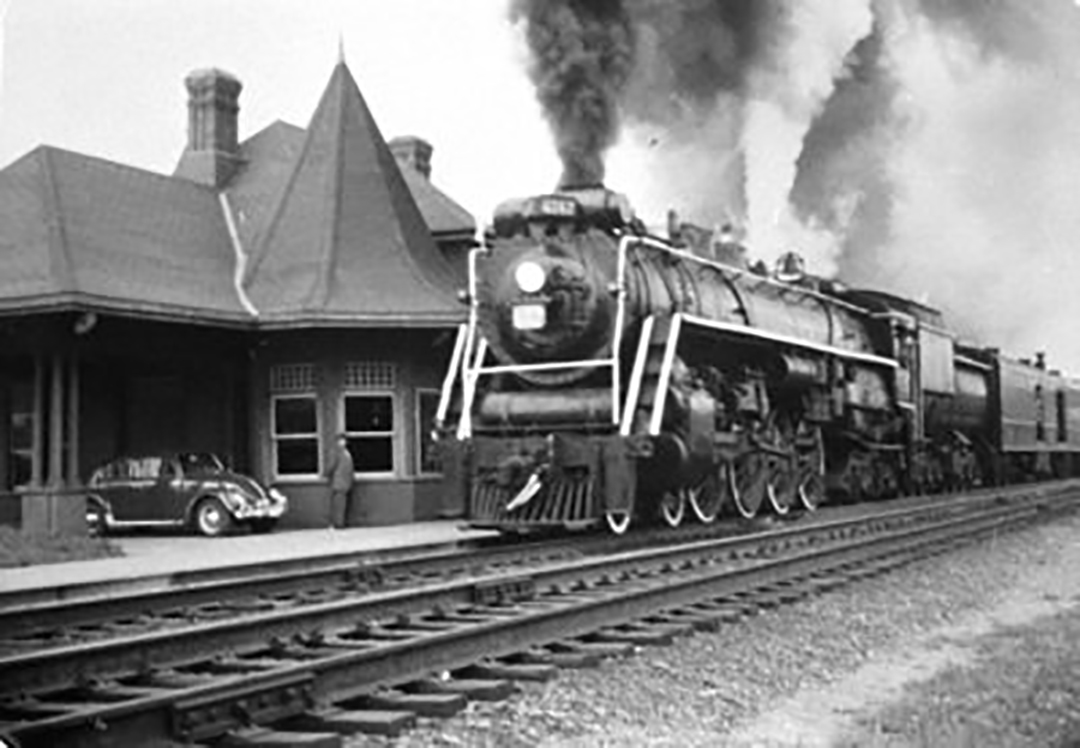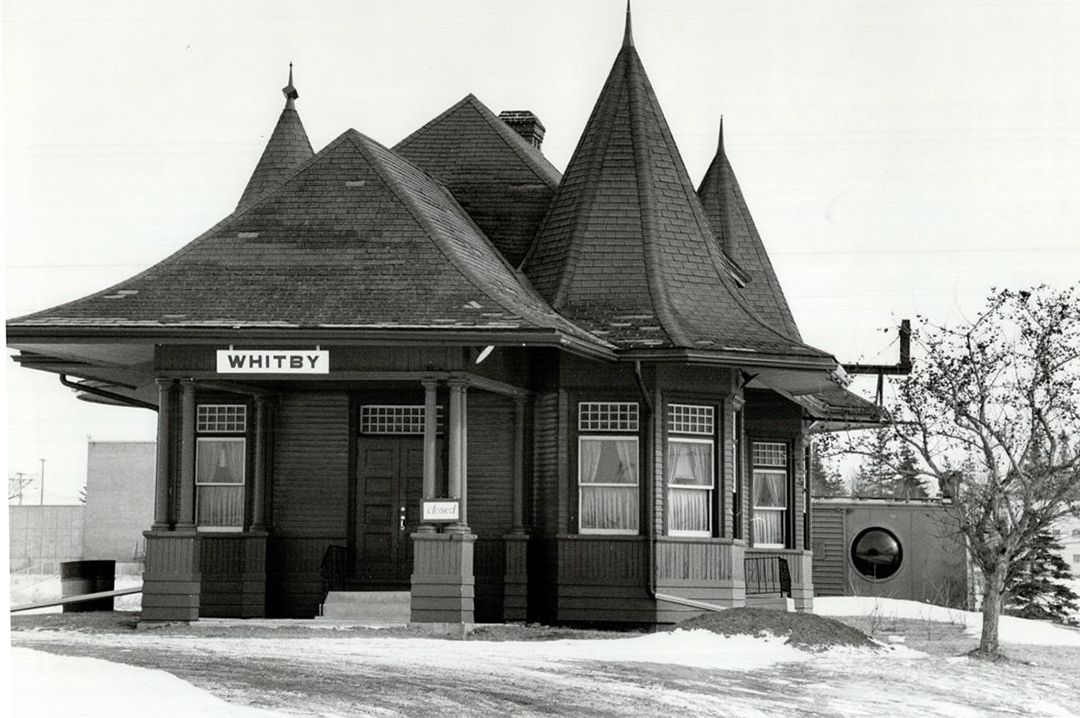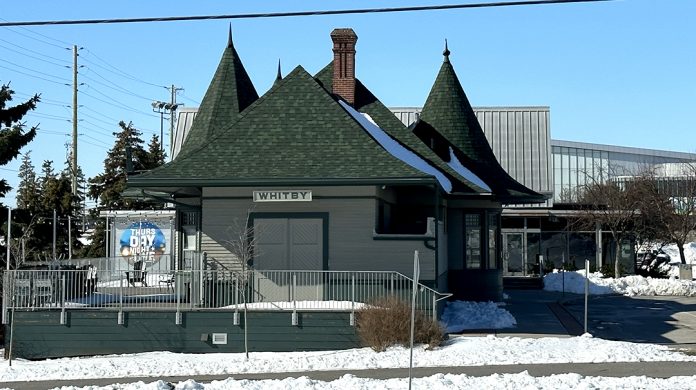co-written with Katie Sampson
Editor’s Note: This story is part of a series called the Land Where We Stand (LWWS). Uncovering the hidden stories about the land our community is built on is what the Chronicle’s feature series, the #landwherewestand, is about.
Durham College’s Fine Arts program has multiple partnerships throughout the region, including the Robert McLaughlin Gallery, the Visual Arts Centre of Clarington and the Latcham Arts Centre in Stouffville.
Full-time professor Sean McQuay understands the importance of sharing students’ artwork with the public.
“When it’s on the wall and in the space, it all becomes very real,” McQuay says. “It’s an honour for me to help produce the work.”
The Durham College Annual Juried Exhibition is taking place at Station Gallery in Whitby on April 8. McQuay, who has coordinated the Fine Arts program for over 20 years and is a practicing artist himself says it’s a great opportunity to get work out there and into the community.

“It’s a professional environment and a recognized space,” says McQuay. “It allows students the chance to get noticed by curators and other artists.”
The Station Gallery, located on Henry and Victoria Street in south Whitby, has always been an important landmark in the city, and not just for artists.
Known as Whitby Junction Station during its origin in 1903, the current art space once accompanied the railway that connected Port Whitby to Port Perry. What started as a humble train stop would soon find itself as a preserved piece of Ontario history.

After decades in operation, the station eventually closed and was slated to be demolished in the mid-sixties until a local group of artists purchased the station in 1969, saving the building and repurposing it to function as a hub for local artists.
It was eventually dubbed “Station Gallery” and continues to operate under this name as a community art gallery.
Olexander Wlasenko has been the curator at the gallery since February 2008. He believes the design of the building is just as much a work of art as what’s on the inside.
“It’s a beautiful building that was built in the Victorian style and deemed to be architecturally significant because of the three turrets on the roof,” Wlasenko says.

The first exhibit held at the Station Gallery was the Florence H. McGillivray Exhibition in 1970, a Canadian artist who has a long-standing history with the Station Gallery.
“It was just two weeks. We borrowed work from the National Gallery of Canada and the national archives,” Wlasenko says.
Born in 1864 in Pickering, McGillivray is known for kickstarting the Post-Impressionism era in Canadian Art.
According to Bill Allen, the co-creator of another McGillivray exhibition in 2017 and author of A Collection of Works by Florence Helana McGillivray, McGillivray studied in Paris, showed work at the Salon Des Beaux Arts and was voted president of The International Artists’ Association in Paris in 1913.
Being a Whitby resident most of her life, she would have used the former Whitby Junction as a starting point to travel around the globe to pursue her artistic career.
Ever since the first exhibition, the Station Gallery has become a growing symbol of the arts community in Durham Region and beyond. Since 2006 the building has been protected under Part IV of the Ontario Heritage Act.
In 2017, former Whitby MP Celina Caesar-Chavannes announced the federal government was giving the gallery nearly $170,000. The Town of Whitby matched the donation, allowing the gallery to make better use of its lower level and expand its deck area, making the small gallery much bigger.
This expansion allowed the gallery to start offering more art classes to the public, making Station Gallery a place to create art, not just look at it.
Chrissie Wysotski is a local resident, artist and former full-time employee of the Station Gallery. She also instructed art classes for the gallery.
Despite moving on and returning to her freelancing roots, she still acknowledges the importance of the gallery.
“It’s a part of Whitby’s history, it’s beautiful. It’s an absolutely wonderful place,” Wysotski says. “As an artist, you’re surrounded by the architecture and the beauty. There are so many stories that are associated with that building. I think it’s the heart of the people that have kept it going.”
In its 53 active years, the gallery hasn’t just grown in size but also in popularity. It continues to stand its ground while adapting to the urban development surrounding it.
“We built magic. The gallery and the community grew in ways that were just astronomical. It was a very exciting time to be a part of the gallery,” Wysotski says.
Today, the exhibits have a wide range of focuses. Some even include world events such as the ongoing Russo-Ukrainian War. “Hold Fast” was the exhibit that ran from April 2 to 30 in 2022 that featured eight Ukrainian artists’ work.
As for the Fine Arts program at Durham College, McQuay and his students have gratitude towards the Station Gallery for allowing them to hold their annual exhibit at a historic and recognized site.

He describes the relationship between his class and the Station Gallery as a “mutual symbiosis,” where each party gains value from working with one another.
“It’s so important for students to show their work in a real public art gallery and not just on campus,” McQuay says. “Their work is for sale, it’s a resume booster, and it’s just such a big deal for the community.”




